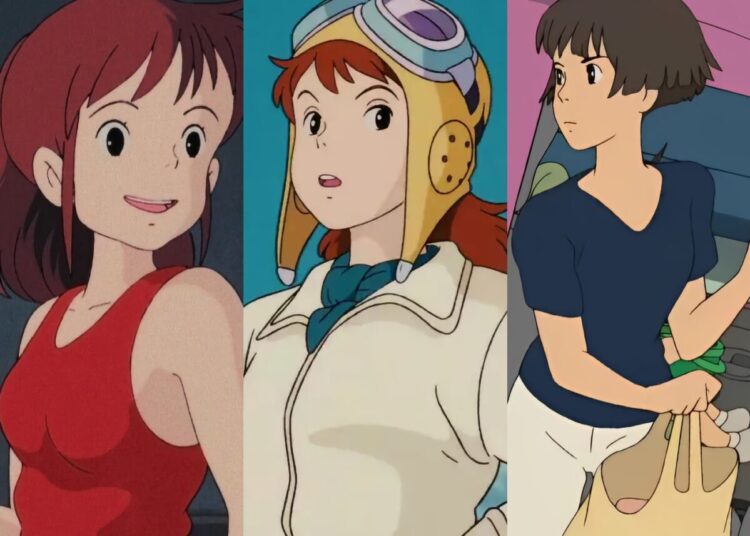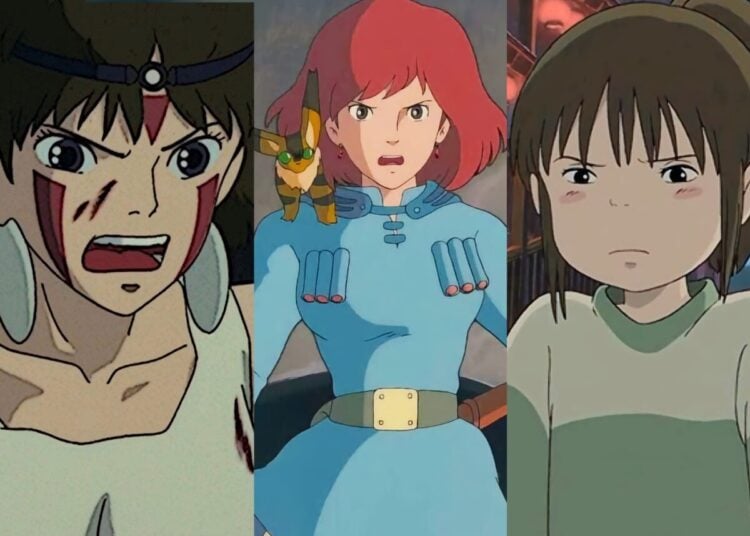If you ever come to Japan, you really should be sure to sample the bathing culture here. Although onsen (natural volcanic hot springs) are more famous, bathing was traditionally done in public baths known as sento, a word which literally means a place you can take a bath for a sen, an old coin equal to 1/100 of a yen, although they cost about 400 yen now. Sento have been around for centuries, with the first opened inside Edo Castle in 1591, and these traditional bathing places have been depicted in ukiyoe art for centuries. In more modern times, sento bring up images of the Showa Period, when most Japanese didn’t have baths in their homes, and the picture of young apartment-dwellers walking to the sento with their bath kits under their arm is a classic one from the postwar era. Sento are famous for the extensively detailed Japanese art on the walls for customers to enjoy, as well for these yellow buckets that advertise a headache medicine called Kerorin; a glimpse of these buckets is enough to make most any Japanese person extremely natsukashii (NOTS-ka-shee), or nostalgic. Two of the most famous Japanese public baths in popular culture outside of Japan include the E. Honda level from Street Fighter II and the baths seen in Hayao Miyazaki’s fim Spirited Away.
Who Was Your Studio Ghibli Crush? Ranking the Cutest Miyazaki Characters!
I've been a fan of Hayao Miyazaki's animated films ever since I encountered Nausicaä of the Valley of the Wind...
















